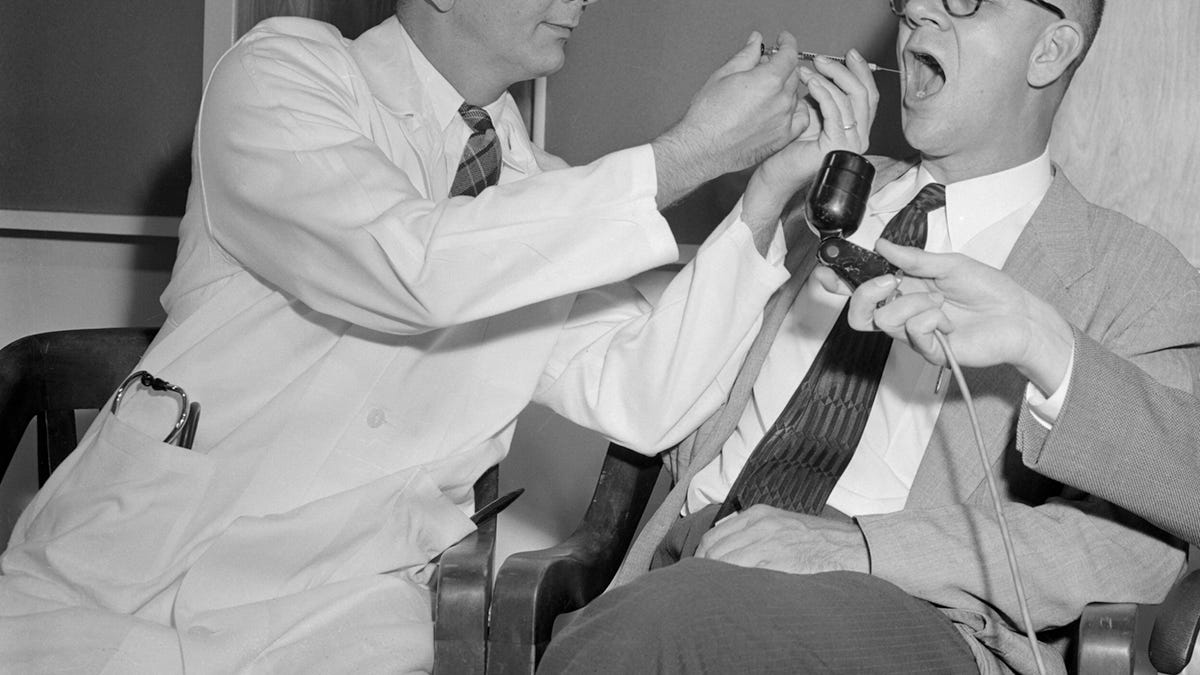This is your brain on LSD
For the first time, a team of researchers have used neuroimaging to visualise the effect of LSD on the human brain.
A lot of research has been conducted into how psychedelic drug lysergic acid diethylamide, or LSD, affects human behaviour, but what does it actually do to the brain? To find out, a team of researchers from Imperial College London gave some test subjects the drug, and documented the results using brain imaging techniques.
This is the first time the human brain has been imaged while under the influence of LSD. The research has been published in the Proceedings of the National Academy of Sciences.
LSD is known for its hallucinogenic properties and altered consciousness, and the results of the study revealed why.
"We observed brain changes under LSD that suggested our volunteers were 'seeing with their eyes shut' -- albeit they were seeing things from their imagination rather than from the outside world," explained study leader Robin Carhart-Harris in a statement.
"We saw that many more areas of the brain than normal were contributing to visual processing under LSD -- even though the volunteers' eyes were closed. Furthermore, the size of this effect correlated with volunteers' ratings of complex, dreamlike visions."
The top row shows the brains of the study participants on the placebo, the bottom row shows the study participants on LSD.
The study involved 20 healthy participants, each of whom had previously taken some form of psychedelic drug. Each participant received either 75 micrograms of LSD or a placebo, and their brains were then imaged.
The results revealed that the barriers between the sections of the brain that perform specialised functions break down under the influence of LSD. This means that, as mentioned, more of the brain is involved in visual processing, which causes the hallucinations, but it also contributes to the altered consciousness associated with LSD.
"It is also related to what people sometimes call 'ego-dissolution', which means the normal sense of self is broken down and replaced by a sense of reconnection with themselves, others and the natural world. This experience is sometimes framed in a religious or spiritual way -- and seems to be associated with improvements in well-being after the drug's effects have subsided," Carhart-Harris said.
"Our brains become more constrained and compartmentalised as we develop from infancy into adulthood, and we may become more focused and rigid in our thinking as we mature. In many ways, the brain in the LSD state resembles the state our brains were in when we were infants: free and unconstrained. This also makes sense when we consider the hyper-emotional and imaginative nature of an infant's mind."
Adding music to the mix caused even more interesting changes in brain activity, causing the visual cortex to receive more information from the region of the brain associated with mental imagery and personal memory. Under the influence of both music and LSD, the study participants reported seeing even more complex visions, such as memories played out as scenes.
"Scientists have waited 50 years for this moment -- the revealing of how LSD alters our brain biology," said senior researcher David Nutt , Edmon J Safra Chair in Neuropsychopharmacology.
"For the first time we can really see what's happening in the brain during the psychedelic state, and can better understand why LSD had such a profound impact on self-awareness in users and on music and art. This could have great implications for psychiatry, and helping patients overcome conditions such as depression."


